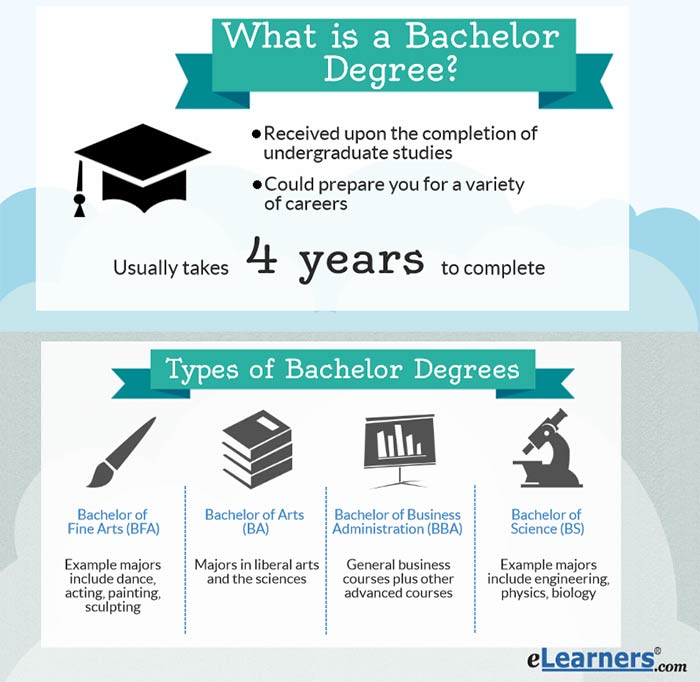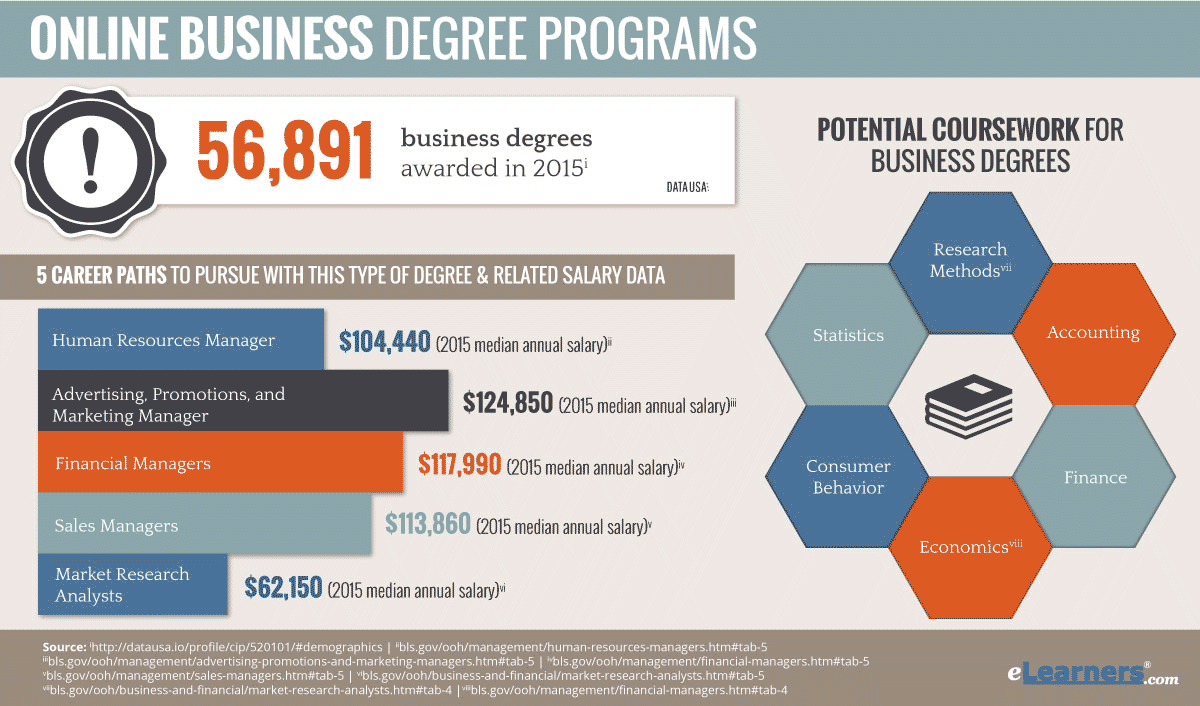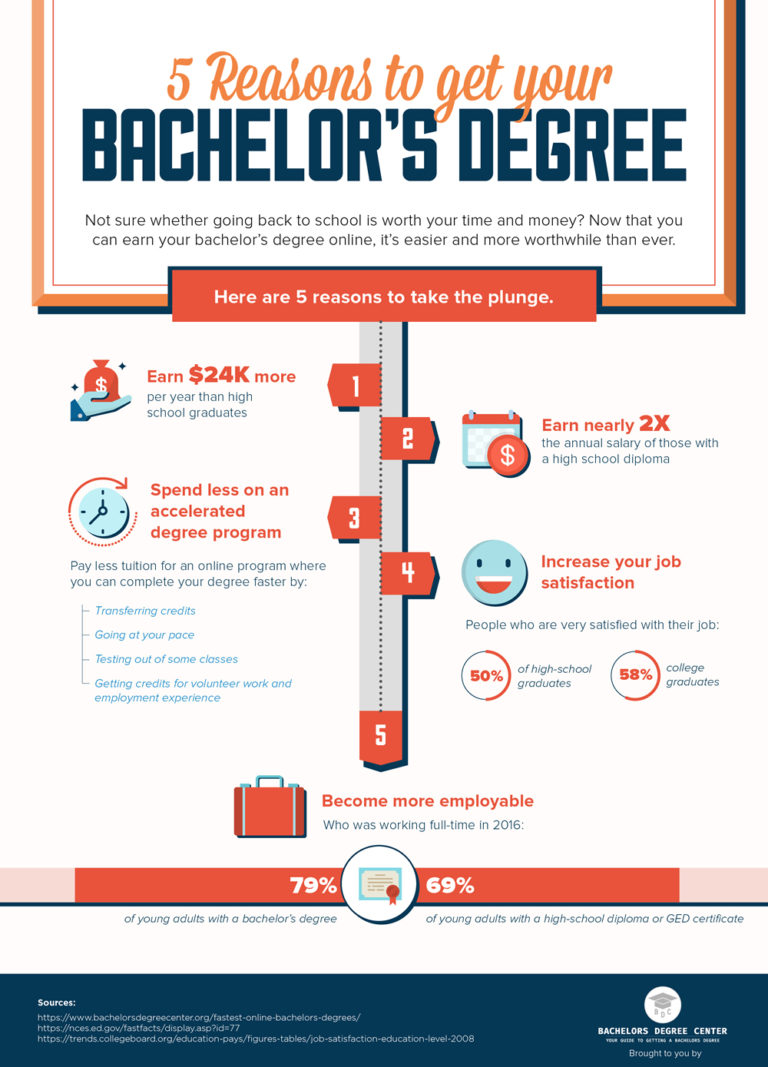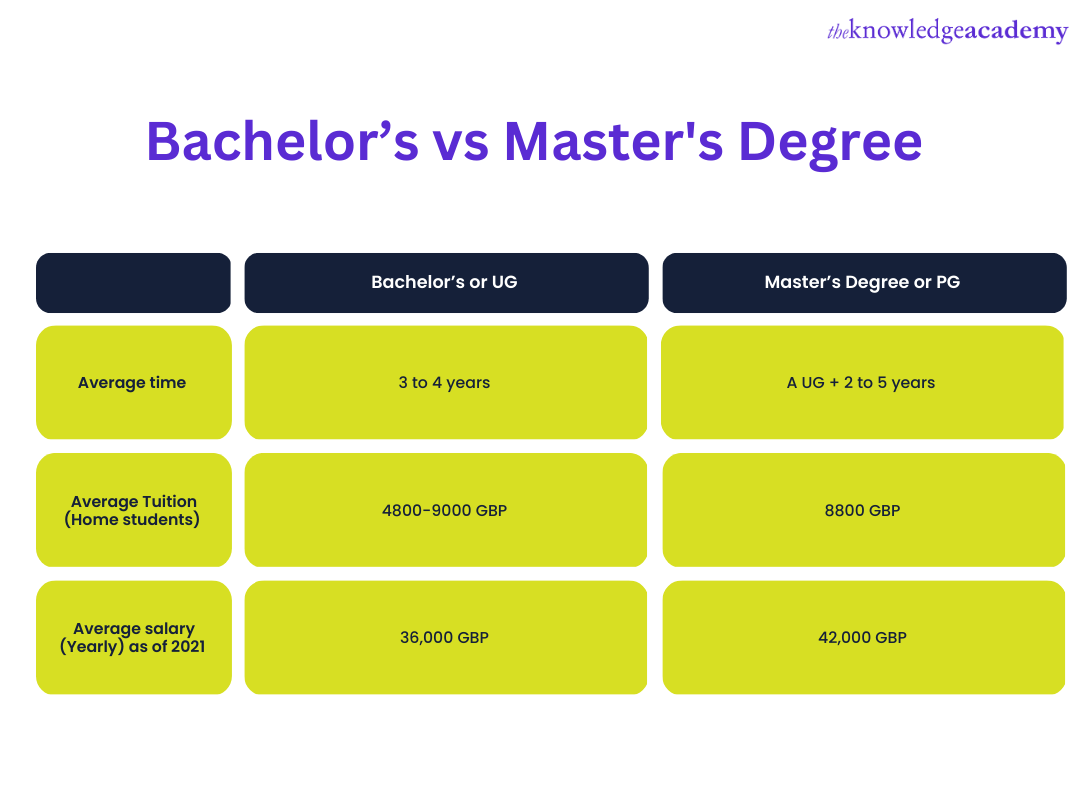How Long It Takes To Get A Bachelor's Degree

The traditional four-year path to a bachelor's degree is increasingly becoming a myth. Many students are taking longer to graduate, burdened by rising tuition costs, complex course requirements, and the demands of balancing work and study. This deviation from the expected timeline raises crucial questions about the true cost of higher education and the evolving landscape of student success.
This article delves into the question: How long does it really take to get a bachelor's degree? We will examine the factors contributing to extended timelines, analyze relevant data, and explore the implications for students and institutions alike. The goal is to provide a comprehensive understanding of the realities facing today's college students and the challenges they encounter in their pursuit of higher education.
The Four-Year Ideal vs. The Five-Year Reality
For decades, the "four-year college experience" has been deeply ingrained in the American narrative. However, data reveals a different story. The National Center for Education Statistics (NCES) reports that only around 40% of first-time, full-time students at four-year institutions actually graduate within four years.
A more realistic timeframe is closer to five or even six years. This discrepancy highlights a significant disconnect between expectation and reality in higher education.
Factors Contributing to Extended Timelines
Several factors contribute to students taking longer to graduate. Rising tuition costs are a major obstacle. Many students are forced to work part-time or even full-time to afford their education, limiting the number of courses they can take each semester.
The increasing complexity of degree requirements also plays a role. Students often face challenges navigating prerequisites, general education requirements, and specific major coursework.
Furthermore, the prevalence of stop-out—when students temporarily leave college—also affects graduation rates. Personal issues, financial difficulties, or even academic struggles can cause students to pause their education, adding time to their overall journey.
The Impact on Students and Institutions
The extended timeline has significant implications for both students and institutions. For students, it means accumulating more debt. And also delaying entry into the workforce.
The financial burden of an extra year or two of college can be substantial. Students may struggle to repay loans and achieve financial stability after graduation.
For institutions, lower graduation rates can impact their rankings and reputation. Colleges are increasingly focused on improving student retention and graduation rates.
Addressing the Challenges
Efforts are underway to address the challenges contributing to extended timelines. Many colleges are implementing programs to improve student advising. These programs can help students navigate degree requirements more effectively.
Financial aid reforms are also crucial. Increased grant funding and need-based scholarships can reduce the financial burden on students. And it will allow them to focus more on their studies.
Furthermore, initiatives to support students' mental and physical well-being are gaining traction. Addressing these issues can prevent students from stopping out and improve their overall academic performance.
A Shifting Landscape of Higher Education
The data indicates a clear shift in the landscape of higher education. The traditional four-year model is no longer the norm. Acknowledging this reality is essential for students and institutions.
Students must plan carefully, explore financial aid options, and seek support when needed. Institutions must prioritize student success and implement programs that address the challenges students face.
"The focus should be on supporting students to complete their degrees in a timely and efficient manner, regardless of whether that takes four years or longer," says Dr. Emily Carter, a higher education researcher at the Institute for College Access & Success.
Looking Ahead
The future of higher education hinges on adapting to the changing needs of students. Institutions must embrace innovative approaches to teaching and learning. This can include flexible course schedules, online learning options, and personalized advising.
By fostering a more supportive and accessible environment, colleges can empower students to achieve their academic goals. And also graduate on time, or at least within a reasonable timeframe.
Ultimately, the goal is to ensure that a bachelor's degree remains a valuable and attainable pathway to opportunity for all students, regardless of their individual circumstances.

